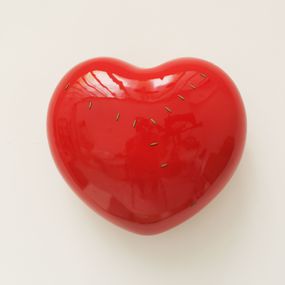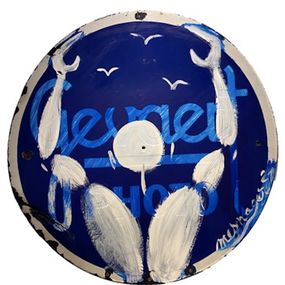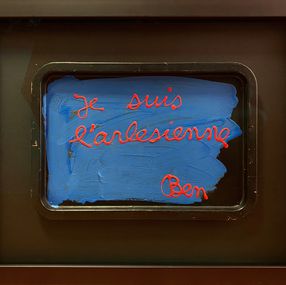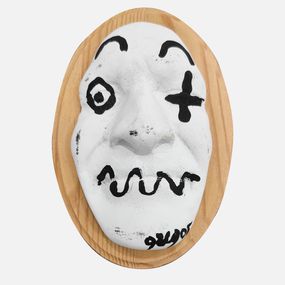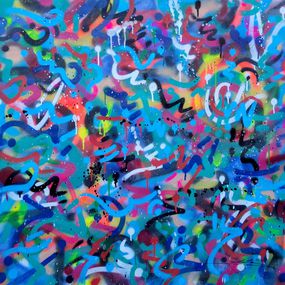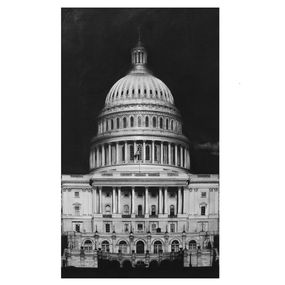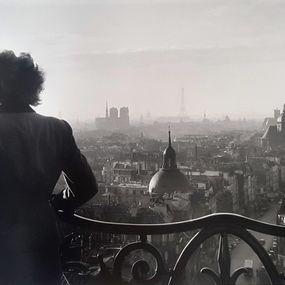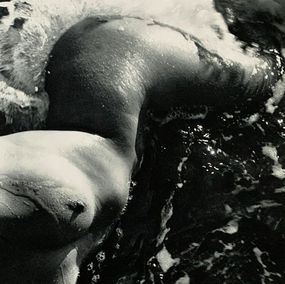

We have to make room for other people. It's a wheel — you get on, you go to the end, and someone else has the same opportunity to go to the end, and so on.
Biography
Vivian Maier (February 1, 1926 – April 21, 2009) was an American street photographer born in New York City. She was born to a French mother and Austrian father in the Bronx borough of New York City.
Although born in the U.S., it was in France that Maier spent most of her youth. Maier returned to the U.S. in 1951 where she took up work as a nanny and care-giver for the rest of her life. In her leisure however, Maier had begun to venture into the art of photography. Consistently taking photos over the course of five decades, she would ultimately leave over 100,000 negatives, most of them shot in Chicago and New York City. Vivian would further indulge in her passionate devotion to documenting the world around her through homemade films, recordings and collections, assembling one of the most fascinating windows into American life in the second half of the twentieth century.
Sometime in 1949, while still in France, Vivian began toying with her first photos. Her camera was a modest Kodak Brownie box camera, an amateur camera with only one shutter speed, no focus control, and no aperture dial. The viewer screen is tiny, and for the controlled landscape or portrait artist, it would arguably impose a wedge in between Vivian and her intentions due to its inaccuracy. Her intentions were at the mercy of this feeble machine. In 1951, Maier returns to NY on the steamship 'De-Grass', and she nestles in with a family in Southampton as a nanny.
In 1952, Vivian purchases a Rolleiflex camera to fulfill her fixation. She stays with this family for most of her stay in New York until 1956, when she makes her final move to the North Shore suburbs of Chicago. Another family would employ Vivian as a nanny for their three boys and would become her closest family for the remainder of her life.
In 1956, when Maier moved to Chicago, she enjoyed the luxury of a darkroom as well as a private bathroom. This allowed her to process her prints and develop her own rolls of B&W film. As the children entered adulthood, the end of Maier's employment from that first Chicago family in the early seventies forced her to abandon developing her own film. As she would move from family to family, her rolls of undeveloped, unprinted work began to collect.
It was around this time that Maier decided to switch to color photography, shooting on mostly Kodak Ektachrome 35mm film, using a Leica IIIc, and various German SLR cameras. The color work would have an edge to it that hadn't been visible in Maier's work before that, and it became more abstract as time went on. People slowly crept out of her photos to be replaced with found objects, newspapers, and graffiti.
Similarly, her work was showing a compulsion to save items she would find in garbage cans or lying beside the curb.
Maier's photos also betray an affinity for the poor, arguably because of an emotional kinship she felt with those struggling to get by. Her thirst to be cultured led her around the globe. At this point we know of trips to Canada in 1951 and 1955, in 1957 to South America, in 1959 to Europe, the Middle East, and Asia, in 1960 to Florida, in 1965 she'd travel to the Caribbean Islands, and so on. It is to be noted that she traveled alone and gravitated toward the less fortunate in society.
Nationality
Artistic movements





